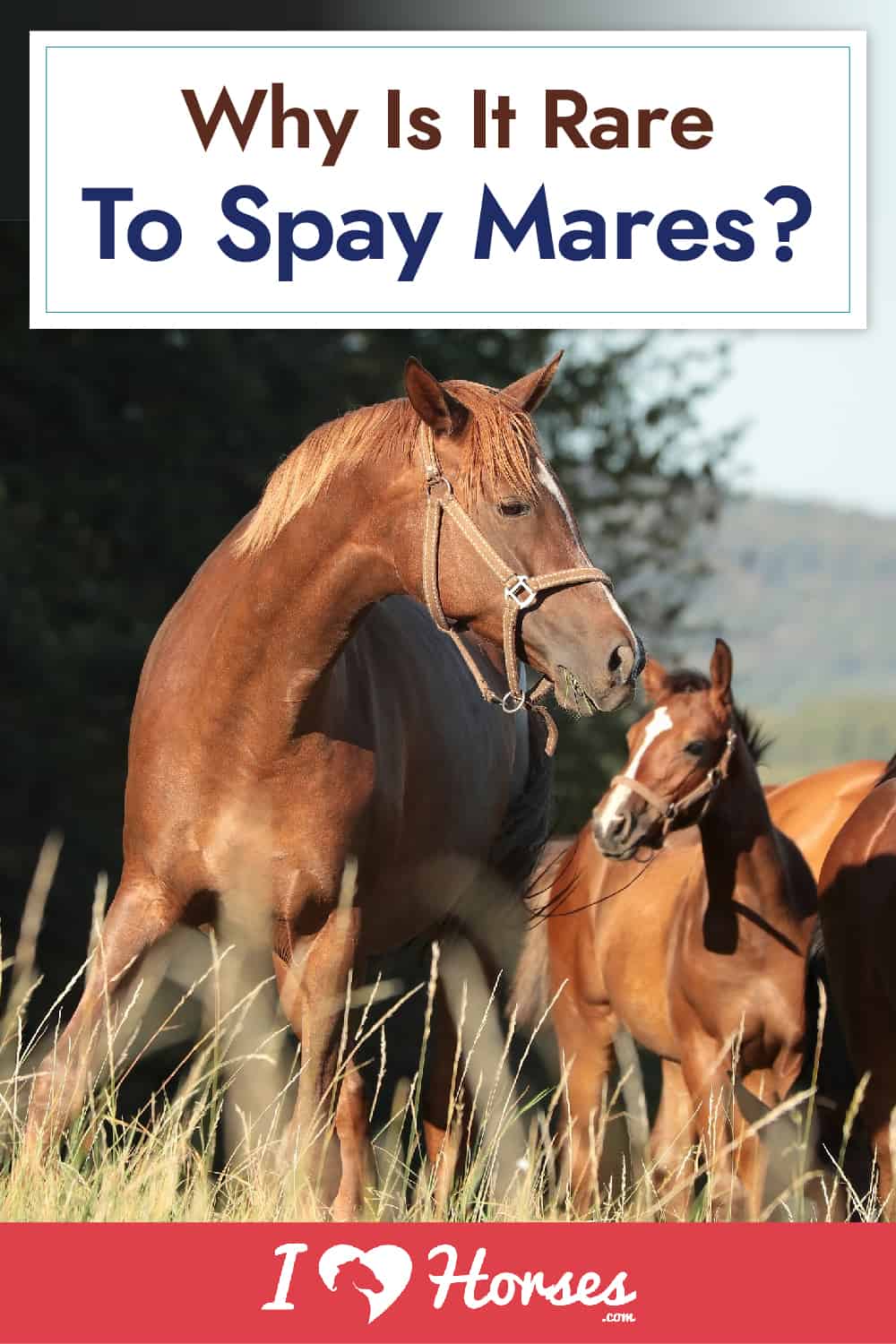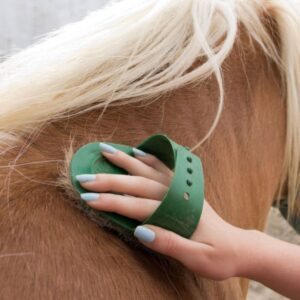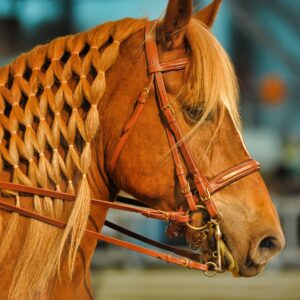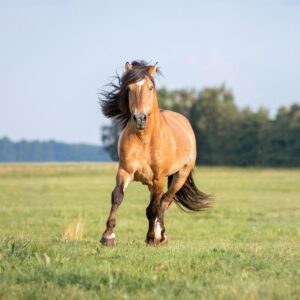We all are familiar with the spaying and neutering of cats and dogs. These are widespread procedures used for behavior and health reasons, along with working towards reducing the number of unwanted litters.
But what about horses? To geld, a male horse is the neutering process. It is a relatively straightforward procedure that is very common. Stallions are gelded because they can become challenging to work with and aggressive when they reach sexual maturity.
Spaying mares is very rare. In this article, we will discuss why spaying mares is rare, the basics of the procedures used, and the reasons it might be necessary to have a mare spayed.
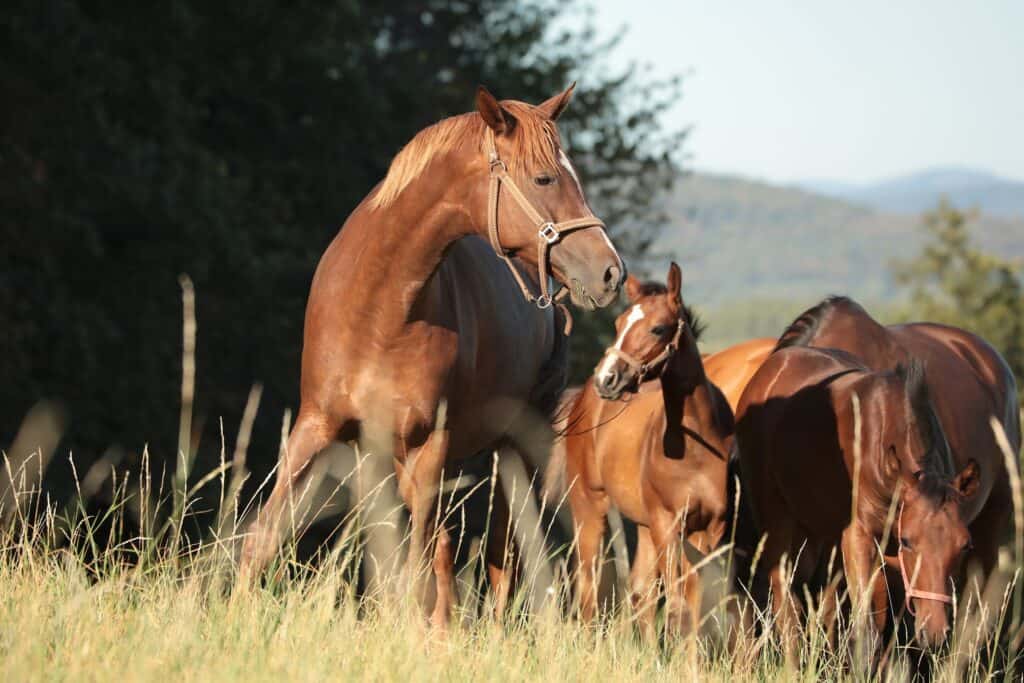
Why is it Rare?
It takes major surgery to spay a mare. The operation is called ovariectomy. During the operation, the ovaries are removed, which prevents the estrus cycle from continuing. There is a tremendous risk to horses in major surgery that can lead to death. Besides, the operation can be costly.
The majority of mares do not get aggressive and hard to work with like stallions do. By combining the risk, cost, and behavior of most mares, it is understandable why spaying mares is rare.
The Procedure
Often, local veterinarians are not trained in how to spay a mare. They will refer you to a larger vet hospital with the proper facilities and training. There are multiple procedures to spay a mare. Each has its positives and negatives. Here is a brief overview of each method. By no means is this article meant to replace the advice and information given by veterinarians.
Ventral Midline Incision
This method is a major operation and requires a general anesthetic. An incision is made on the ventral line of the horse, starting from the umbilicus. For those who did not go to vet school, the ventral line is along the belly. The umbilicus is basically the horse’s belly button. The incision is made from the belly button toward the direction of the horse’s teats.
Next, the major blood vessels connecting the ovaries are sealed off. There is a significant risk of bleeding.
The ovaries are then removed using a chain loop ecraseur. The ecraseur is a surgical instrument containing a chain or wire loop used to encircle and sever off a projecting mass of tissue. In this case, the ovaries.
The recovery time with this method is long. It can take up to thirteen weeks before the horse can go back to being worked. The first two weeks will require the horse to stay with the veterinarian for observation.
Combine the cost of the operation and the extended stay at the animal hospital, and you get a very expensive undertaking.
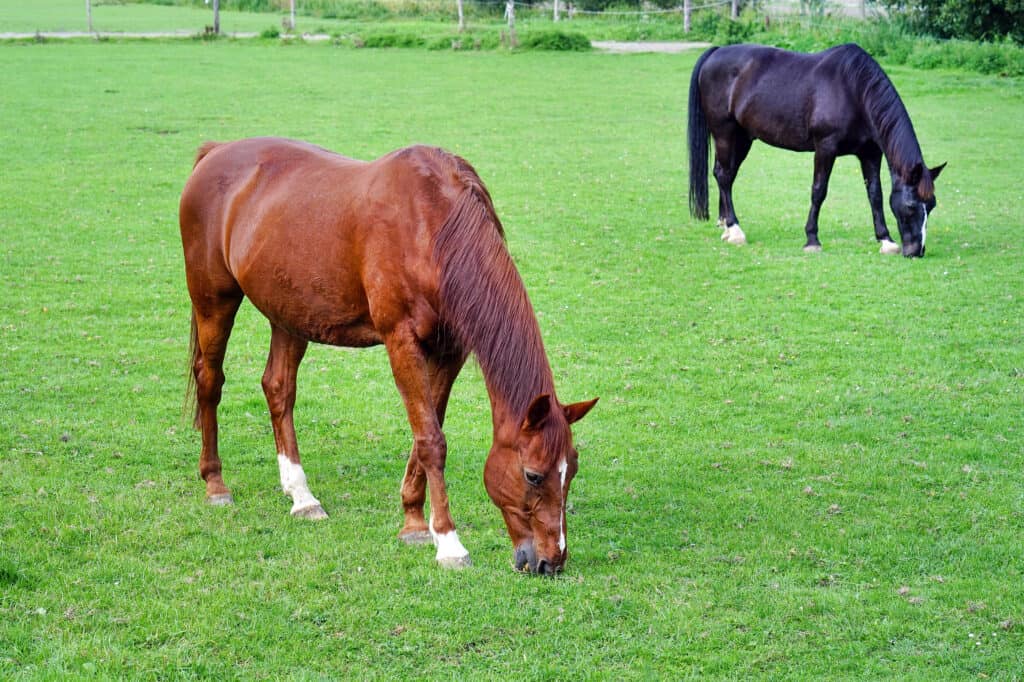
Two Flank Incisions
The horse has to be standing during this method. Two incisions are made after the horse is sedated using a tranquilizer and then a local anesthetic. There will be one incision on each flank.
The ecraseur is then inserted and used to remove the ovary. The procedure is repeated on the other side.
Although this method is more complicated than the Ventral Midline method, the recovery is much faster. Barring no complications, the horse should be able to go home in one or two days. This is followed by stall rest for two weeks. The horse should be able to get back to training in five or six weeks.
Entering Via the Vagina
This method is the most complicated. It takes a skilled surgeon to perform this procedure. Most veterinarians are not trained in this method; therefore, it is not widely available.
However, if you can find a trained surgeon, this method is usually the cheapest and has the shortest recovery time.
First, the horse is sedated, and a local anesthetic is given. A small incision is then made so that the vagina can be entered. An ecraseur is then inserted and used to remove the ovaries.
During the first two days of recovery, the horse is prevented from laying down. For the first week to ten days, the horse will need to be stalled with light hand-led exercise. After the week to ten days, the horse can go back to work.
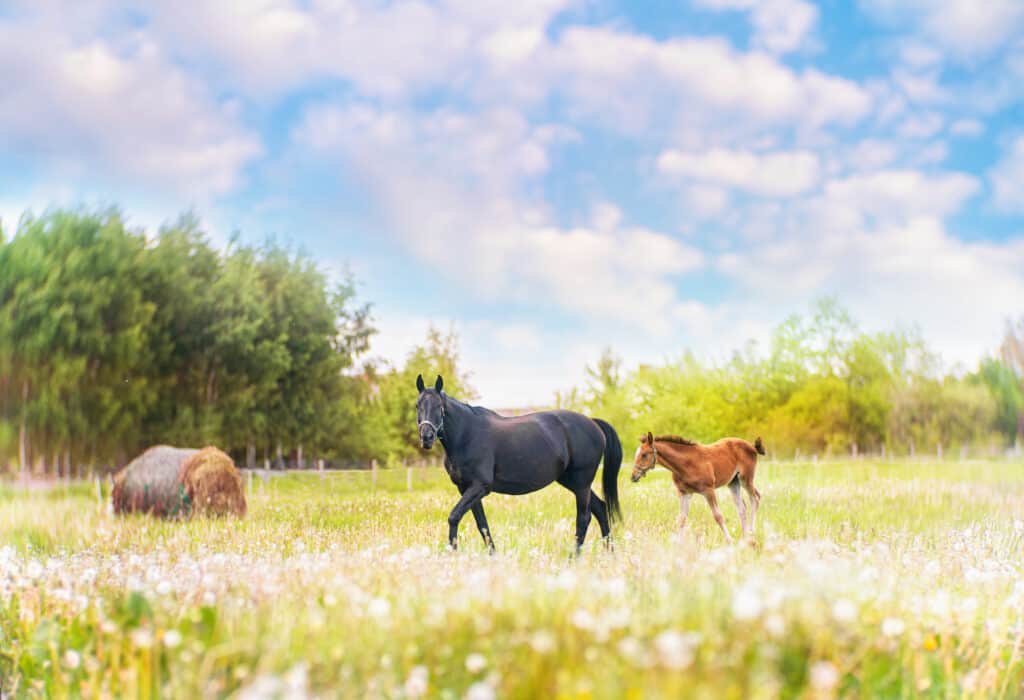
Laparoscopic Method
The above methods all use the ecraseur. This medical tool has been around since the 1700’s. Thankfully for our horses, technology has progressed. Laparoscopy is now the method used most.
According to the American College of Veterinarian Surgeons, there are several advantages to this method over the other methods.
- Smaller incisions vs. traditional techniques
- Better visualization (in some cases)
- Easier post-operative wound care
- Less lay-up time and scaring (in some cases)
- Some procedures can be done in the standing, sedated horse
This procedure is performed using a specialized camera and instruments. A laparoscope (a long, narrow, rigid camera) is inserted through small incisions. The incisions are about 1 cm each.
The camera transmits an image to a monitor for the surgeon to view. Then the veterinarian uses tools to seal off the vessels and remove the ovaries. For those readers who are aspiring veterinarians, or just curious, here is an excellent article on “A Review of Equine Laparoscopy.”

Why Spay a Mare?
Now we are back to our original question, “Why spay a mare?” Spaying a mare should not be done on a whim. It is a significant surgery no matter what method is used.
The main reason a mare might need to be spay is for health reasons. Mares can develop ovarian cysts or cancerous tumors. These can sometimes cause a “marish” attitude because they can affect hormone levels.
Another reason a mare might be spay is if she is expected to perform at top levels, and her estrous cycle interferes with her performance. However, it is essential to know that spaying a mare will not necessarily eliminate this “marish” attitude. Sometimes it boils down to personality.
Horse Courses by Elaine Heney
- Listening to the Horse - The Documentary by Elaine Heney & Grey Pony Films
- Shoulder In & Out Training for better balance, bend & topline development with your horse
- Over 110+ Polework Exercises & Challenges to Download
- Dancing at Liberty & Creating Connection with Your Horse (11 lessons) - Grey Pony Films
The least common reason mares are spayed is population control. We do not have horses running wild in the streets and begging at our porch for food, like stray cats and dogs.
Final Thoughts
Spaying a mare is major surgery and comes with all the dangers and complications that come with that territory. It is not recommended to spay a mare unless advised by a veterinarian to do so for medical reasons. Remember, this article is not to take the place of information a veterinarian can provide.

